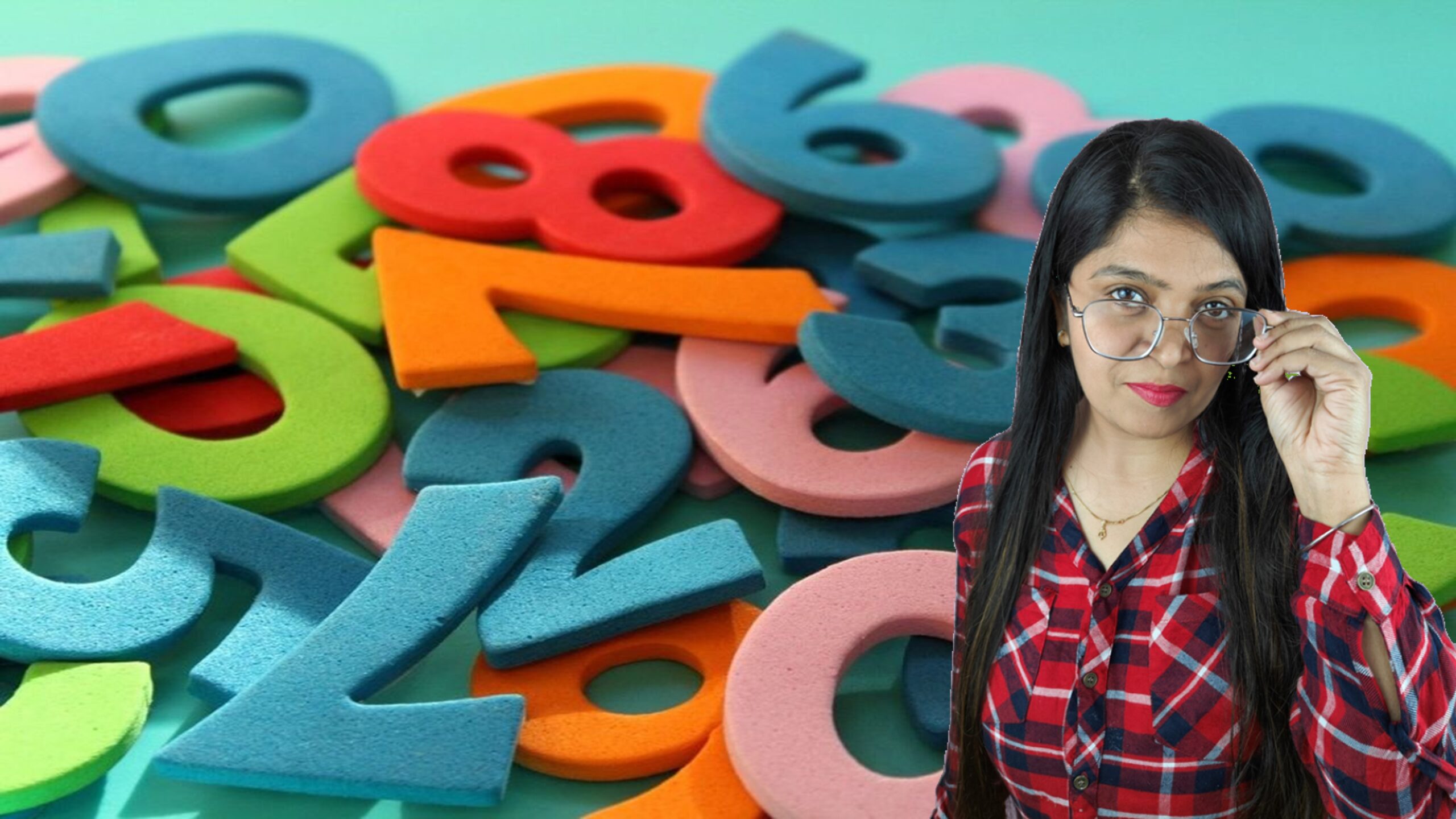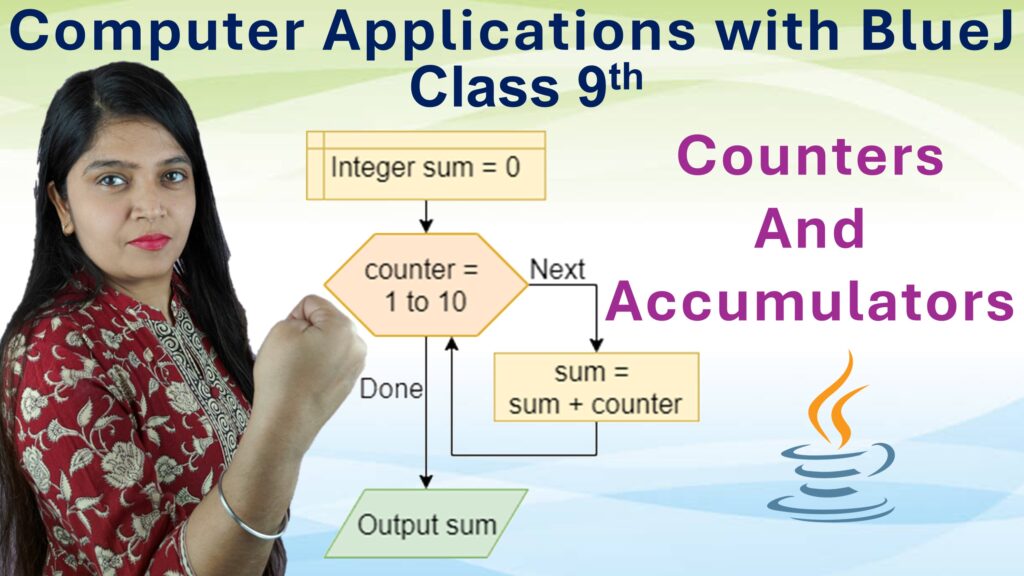Exercise: 2-C
Multiple Choice Type
Q1. The smallest whole number is
Step-by-step solution:
The whole numbers start from 0, not 1, so 1 is not the smallest whole number.
Thus, the smallest whole number is 0, and none of the options provide this.
Answer: d. none of these
Q2: The least number of 4 digit which is exactly divisible by 7 by is
Step-by-step solution:
The least 4-digit number is 1000. We need to find the smallest number divisible by 7.
1000 ÷ 7 = 142 remainder 6. So, 1000 is not divisible by 7.
We add 1 to make it 1001: 1001 ÷ 7 = 143 with no remainder.
Therefore, 1001 is the least 4-digit number divisible by 7.
Answer: c. 1,001
Q3: The largest number of 4 digits exactly divisible by 13 is
Step-by-step solution:
The largest 4-digit number is 9999. We divide it by 13 to check divisibility.
9999 ÷ 13 = 769 remainder 2. Therefore, 9999 is not divisible by 13.
We subtract the remainder (2) from 9999: 9999 – 2 = 9997.
9997 ÷ 13 = 769 with no remainder, so 9997 is divisible by 13.
Therefore, the largest 4-digit number divisible by 13 is 9997.
Answer: b. 9,997
Q4: What least number should be subtracted from 10003 to get a number exactly divisible by 11?
Step-by-step solution:
Divide 10003 by 11.
\[
10003 \div 11
\]
On dividing, we get:
\[
10003 \div 11 = 909 \text{ remainder } 4
\]That is,
\[
10003 = 11 \times 909 + 4
\]Understand the meaning.
Here, remainder = 4.
To make 10003 exactly divisible by 11, we need to **remove** this remainder.
Thus, we need to subtract 4 from 10003.
Subtract the remainder.
\[
10003 – 4 = 9999
\]Verify divisibility.
Now,
\[
9999 \div 11 = 909
\]Quotient is 909 and remainder is 0.
Hence, 9999 is exactly divisible by 11.
Answer: b. 9,997
Q5: What least number should be added to 6,000 to get a number exactly divisible by 19?
Step-by-step solution:
6000 ÷ 19 = 315 remainder 15.
Difference = 19 – 15 = 4.
We add 4 to 6000: 6000 + 4 = 6004.
6004 ÷ 19 = 316 with no remainder, so it is divisible by 19.
Answer: d. 6
Q6: What whole number is nearest to 457 which is divisible by 11?
Step-by-step solution:
457 ÷ 11 = 41 remainder 6.
The nearest multiple of 11 is 462 (41 × 11 = 462).
Therefore, 462 is the closest number to 457 that is divisible by 11.
Answer: a. 462
Q7: How many whole numbers are there between 1,036 and 1,263?
Step-by-step solution:
We calculate the difference between the two numbers: 1,263 – 1,036 = 227.
Since we are counting the numbers between, we subtract 1 to this difference: 227 – 1 = 226.
Therefore, there are 226 whole numbers between 1,036 and 1,263.
Answer: c. 226
Q8: A number when divided by 43 gives 12 as quotient and 24 as remainder. The number is
Step-by-step solution:
Using the division rule: Dividend = (Divisor × Quotient) + Remainder.
So, Dividend = (43 × 12) + 24 = 516 + 24 = 540.
Thus, the number is 540.
Answer: d. 540
Q9: In a division sum, the dividend is 398, quotient is 15 and the remainder is 8. What is the divisor?
Step-by-step solution:
Using the division rule: Dividend = (Divisor × Quotient) + Remainder.
398 = (Divisor × 15) + 8.
398 – 8 = 390.
390 ÷ 15 = 26.
So, the divisor is 26.
Answer: b. 26
Q10: 8 × 273 × 125 = ?
Step-by-step solution:
We first calculate 8 × 273 = 2184.
Now, multiply 2184 by 125: 2184 × 125 = 273,000.
Thus, the correct answer is 2,73,000.
Answer: c. 2,73,000
Q11: 4 × 346 × 25 = ?
Step-by-step solution:
First, multiply 4 × 346 = 1384.
Now, multiply 1384 by 25: 1384 × 25 = 34,600.
Thus, the correct answer is 34,600.
Answer: d. 34,600
Q12: 13,729 × 93 + 13,729 × 7 = ?
Step-by-step solution:
We use the distributive property: 13,729 × (93 + 7) = 13,729 × 100.
Now, multiply 13,729 by 100: 13,729 × 100 = 23,62,900.
Thus, the correct answer is 23,62,900.
Answer: a. 23,62,900
Q13: 2,563 × 187 – 2,563 × 87 = ?
Step-by-step solution:
We factor the expression: 2,563 × (187 – 87) = 2,563 × 100.
Now, multiply 2,563 by 100: 2,563 × 100 = 2,56,300.
Thus, the correct answer is 2,56,300.
Answer: a. 2,56,300
Q14: 546 × 98 = ?
Step-by-step solution:
Multiply 546 by 98: 546 × (100 – 2) = 54600 – 1092 = 53,508.
Thus, the correct answer is 53,508.
Answer: b. 53,508
Q15: 8,456 – ? = 3,580
Step-by-step solution:
We rearrange the equation to find the missing number: 8,456 – ? = 3,580.
To find the missing number, subtract 3,580 from 8,456: 8,456 – 3,580 = 4,876.
Thus, the correct answer is 4,876.
Answer: c. 4,876







Leave a Comment